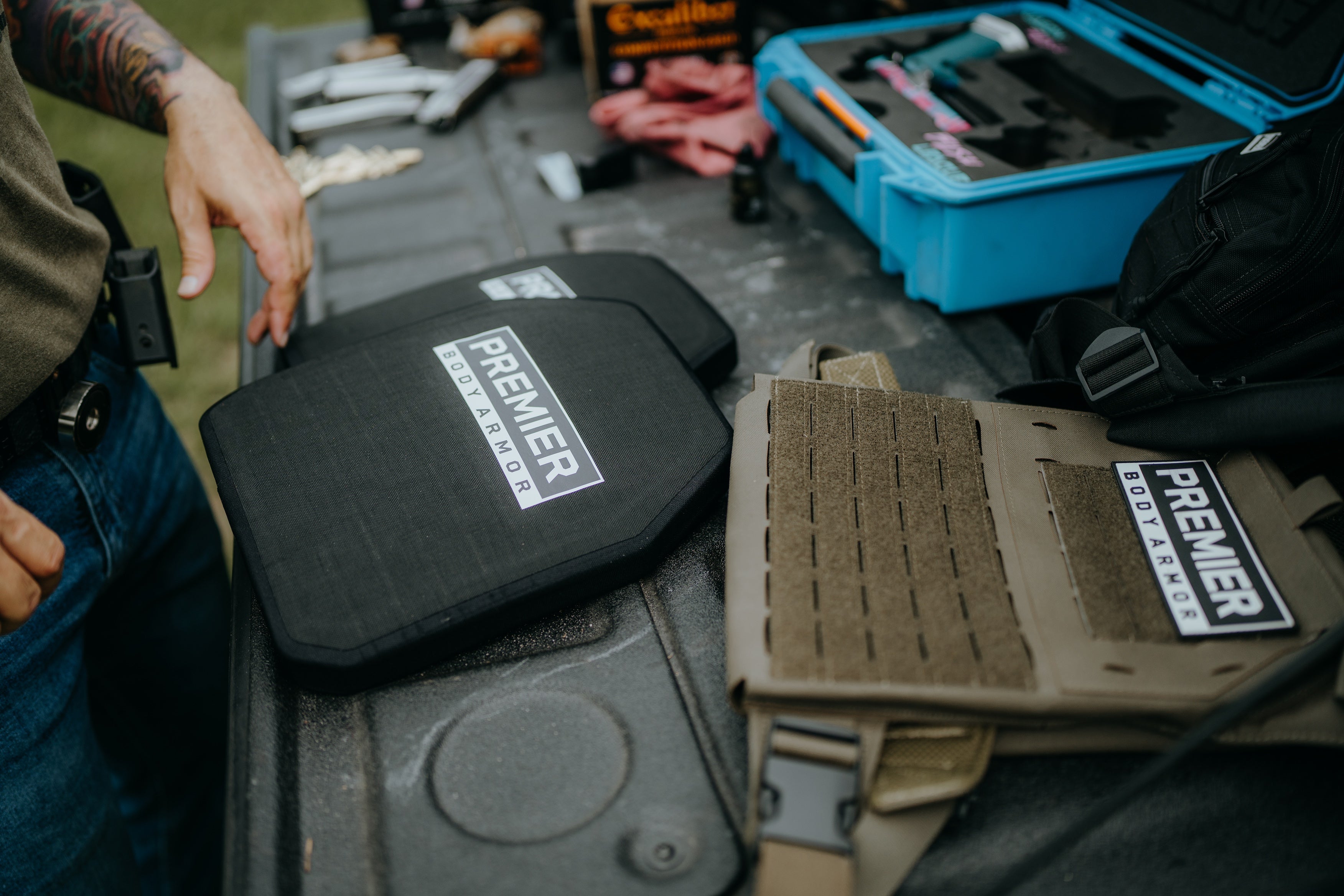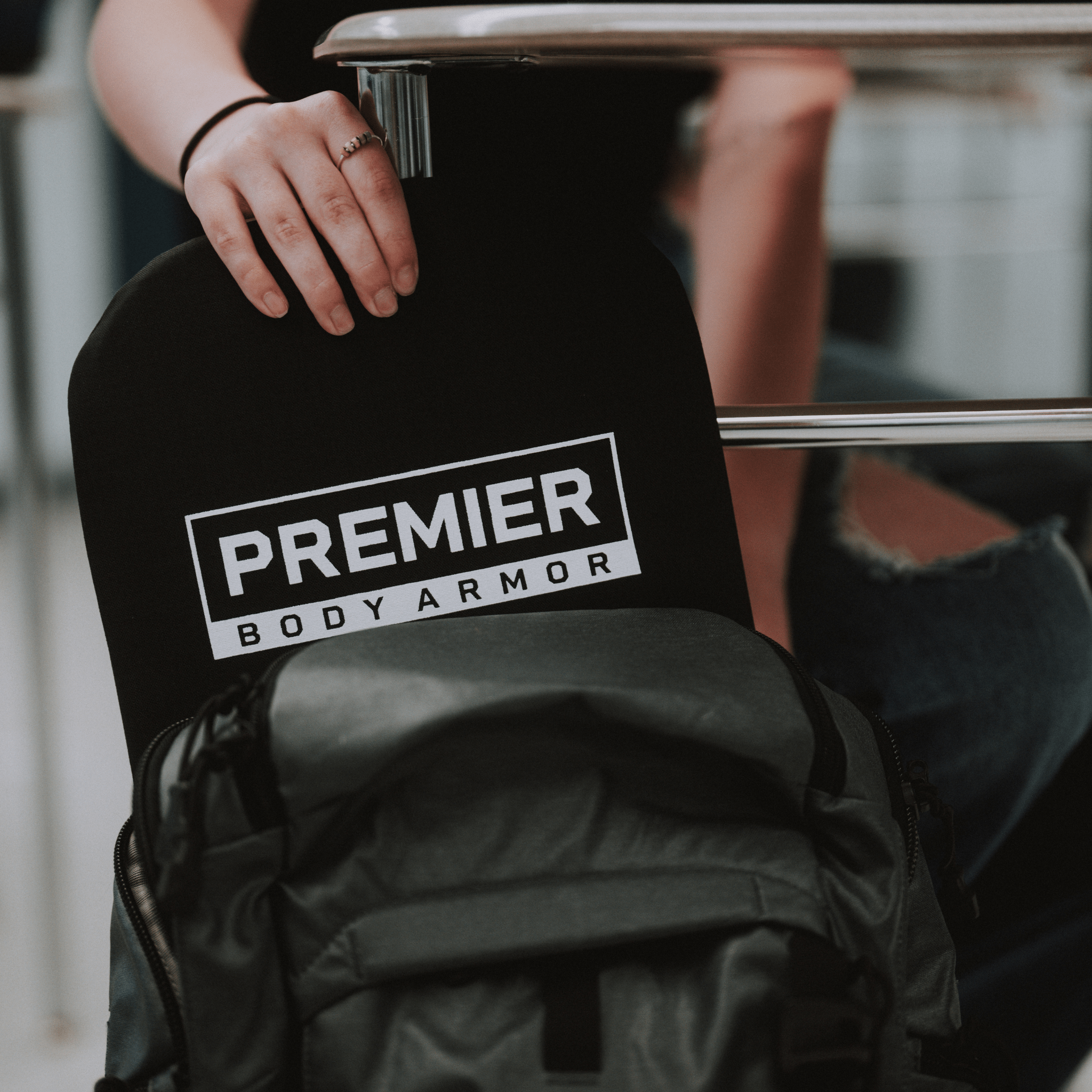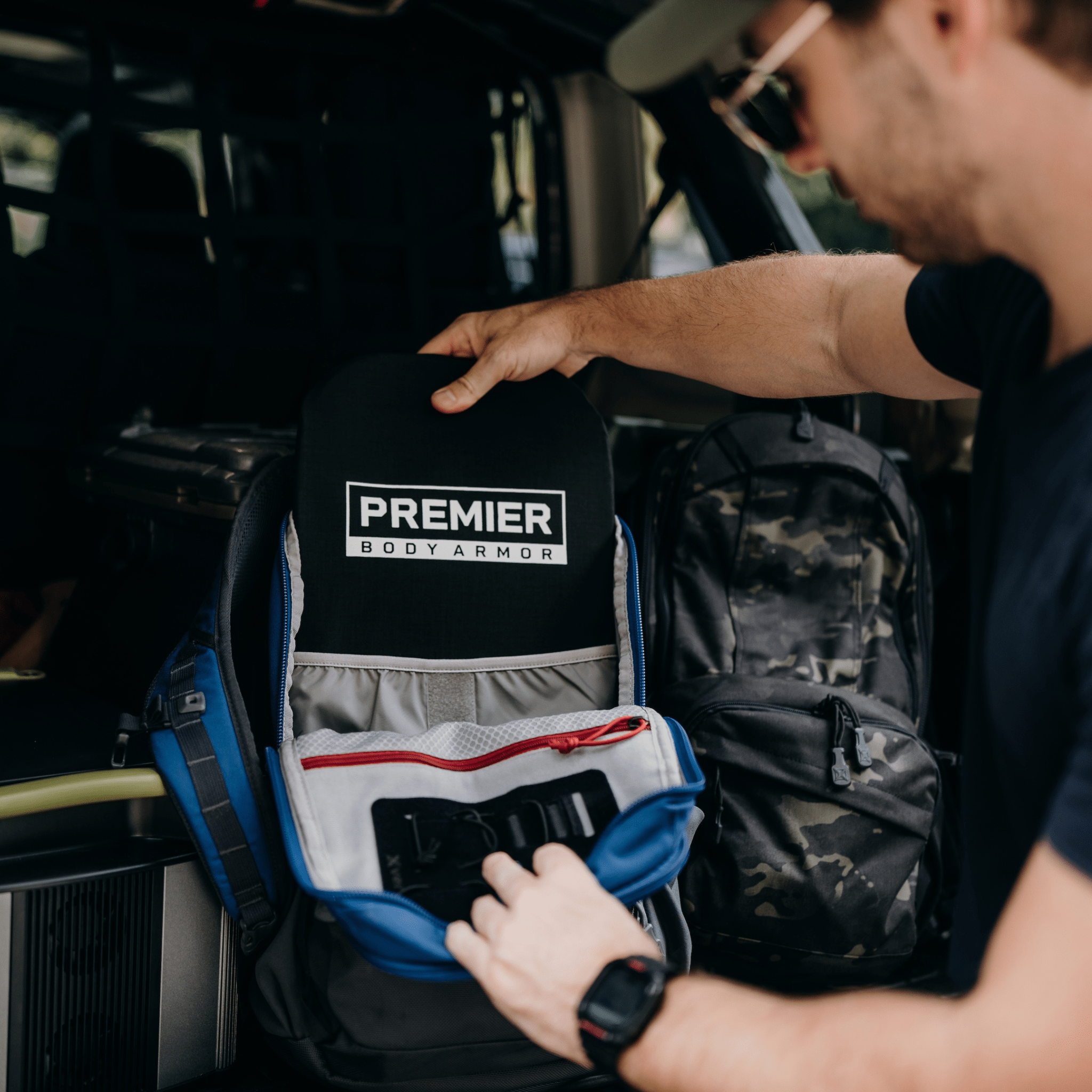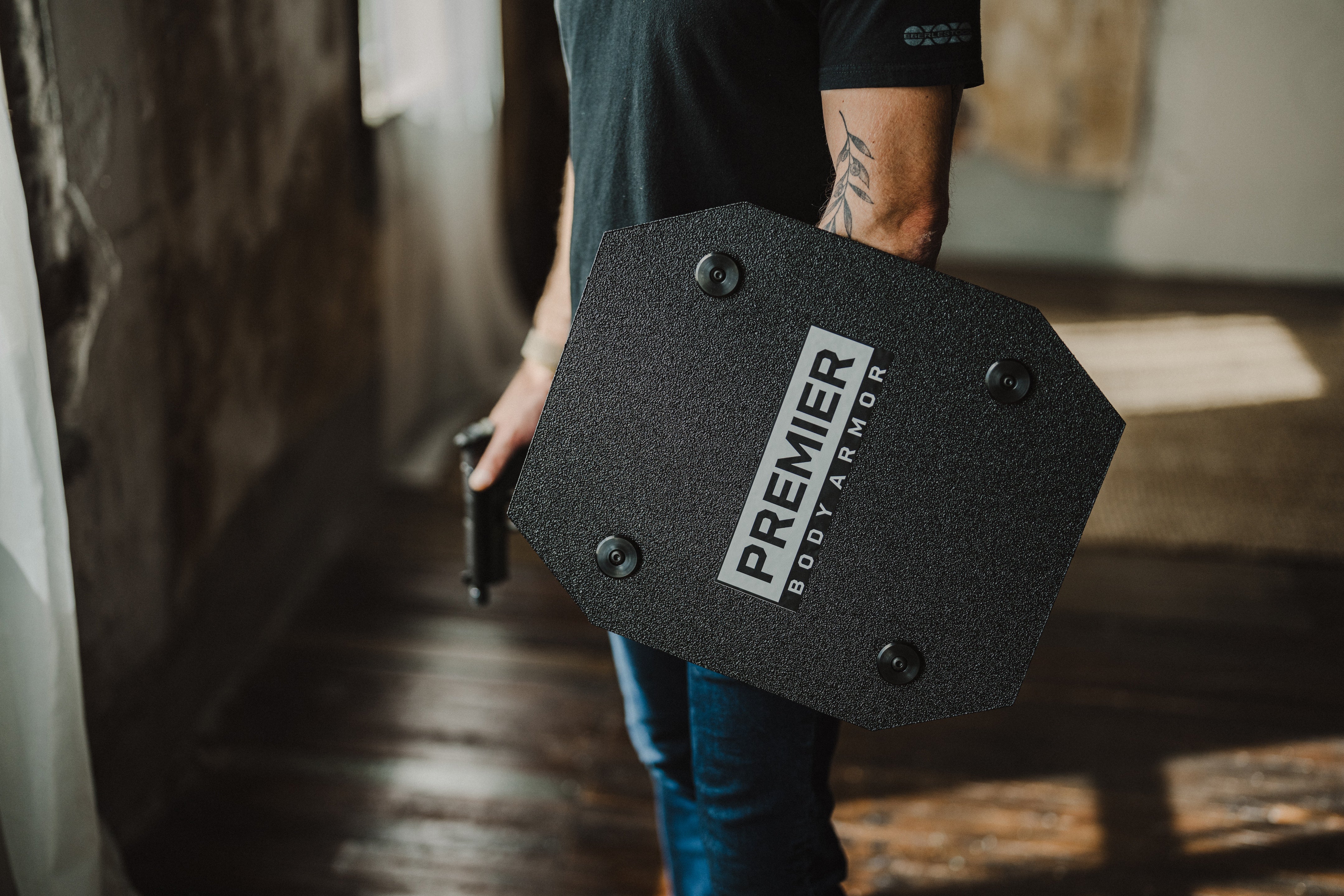Tactical Reloading: Techniques and Essentials
Tactical reloading is a vital skill for anyone carrying a firearm in a defensive or professional capacity. Unlike an emergency reload where the gun runs dry, a tactical reload involves replacing a partially spent magazine with a full one, usually during a pause in action, and retaining the partially spent magazine, rather than dropping it to the ground like you would in an emergency reload. The goal is to maintain maximum firepower without wasting ammunition.
Whether you're a law enforcement officer, military personnel, or an armed civilian, mastering tactical reloads helps reduce downtime and keeps your weapon combat-ready.
In this guide, we'll explore when and how to perform a tactical reload, the techniques for different weapon types, and the best ways to train this essential skill.
Understanding Tactical Reloading Fundamentals
At its core, a tactical reload is a proactive magazine exchange. Rather than waiting until your gun runs empty, you reload when there's a lull in the fight, perhaps behind cover or between engagements. The idea is to stay one step ahead by topping off your firearm before it's critically necessary.
To understand how to do a tactical reload, start by removing a fresh magazine from your pouch while retaining the partially spent one in a pocket or pouch for future use. The process should be deliberate and efficient but not rushed. The ability to reload while keeping awareness of your surroundings is key to practical defensive shooting.
Understanding and recognizing common malfunctions like a Double Feed Malfunction and Stovepipe Malfunction will also help differentiate between when a reload is necessary and when you’re dealing with a stoppage.
What Are Tactical Reloads Used For?
You may be wondering, what is a tactical reload used for? The answer lies in readiness. Tactical reloads are all about preemptive action; they’re used when you have a moment of relative safety and want to ensure your weapon is fully loaded for whatever comes next.
This technique is common in law enforcement operations, military tactics, and defensive shooting drills. For example, after engaging one target, you may move to cover and perform a tactical reload before approaching the next. It ensures your firearm is at full capacity without discarding ammunition unnecessarily.
Tactical reloads are especially useful in prolonged engagements or uncertain situations where having a full magazine could make a life-saving difference. It's not just about reloading; it’s about managing resources and being prepared for what’s next.
How to Perform a Tactical Reload
To understand how to perform a tactical reload, you must develop a smooth and repeatable process. Here’s a general breakdown of the technique:
-
Retain your firearm in a safe, muzzle-down or high-ready position.
-
Retrieve a fresh magazine with your support hand.
-
Eject the partially used magazine with your firing hand, but don’t drop it; secure it in a dump pouch or pocket.
-
Insert the fresh magazine into the magwell until seated securely.
-
Return your focus to your surroundings and re-establish your shooting grip.
Some shooters perform tactical reloads with the firearm still shouldered or aimed downrange, depending on the situation. Speed matters, but not at the expense of control. Rushing often leads to fumbled magazines or improper seating.
Considerations for Tactical Reloading with Different Weapons
Tactical reloads aren’t a one-size-fits-all technique. The process varies depending on your platform:
How to tactical reload a pistol: Keep the firearm close to your workspace (around chest height). Drop the used mag into a pocket or beltline while inserting the fresh one. Pistol reloads usually involve maintaining grip with the strong hand while reloading with the support hand.
Tactical pistol reloads benefit from tight gear placement; your spare mag should be positioned for quick access and inserted with minimal movement.
Tactical reloading a revolver: With a revolver, actual tactical reloads are less common due to speedloader limitations. Instead, some users "top off" the cylinder by removing spent rounds and inserting new ones. This works best with moon clips or strip loaders.
How to tactical reload a shotgun: Tactical reloads with a shotgun usually involve topping off the magazine tube one shell at a time during a lull in action. This requires constant awareness of your round count and a practiced shell-carrying method.
How to tactical reload with a rifle: Retain the partially used mag, typically in a dump pouch or a rear mag pouch, and insert a fresh one from your primary mag pouch. Your setup should allow for fast indexing without breaking your firing grip or sight picture.
No matter the firearm, position your gear for access and minimize wasted movement.
Gear tip: Check out our Pistol Scabbard for secure storage and fast transitions.
Practicing Tactical Reloading
Learning how to perform a tactical reload effectively means turning it into muscle memory. Start with dry-fire practice to build fundamentals, then progress to live-fire drills once you’re confident in your technique.
Here’s how to practice:
-
Load your firearm with a partially filled magazine.
-
Place a full magazine on your belt or in your mag pouch.
-
At the cue, safely execute a tactical reload, retaining the used mag and inserting the new one without losing focus or situational awareness.
Incorporate movement and low-light conditions as you progress. Use dummy rounds or snap caps to simulate pressure without risk. Mix in reloads with malfunction drills to build adaptability.
The goal is to keep your weapon topped off without letting your guard down. Like drawing your firearm or clearing a jam, tactical reloading should become second nature with enough repetition and deliberate training.
The Bottom Line
Tactical reloading is more than just swapping magazines; it’s about maintaining control, staying in the fight, and preparing for the next threat. Whether you're reloading a pistol, revolver, or shotgun, knowing how to execute a tactical reload efficiently could mean the difference between readiness and vulnerability.
With consistent training, gear awareness, and a clear understanding of your platform, you’ll build a reload routine that’s both fast and reliable. Start slow, practice often, and always stay aware of your environment.
Ready to level up your reloads? Explore Premier Body Armor’s complete line of gear and training tools to support tactical reloads and mission-ready performance, because staying prepared is never optional.










Leave a comment